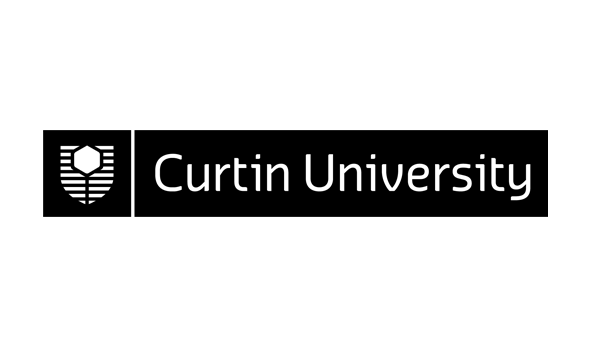7039 (v.5) Chemistry 101
| Area: | Department of Chemistry |
|---|---|
| Credits: | 25.0 |
| Contact Hours: | 7.0 |
| ** The tuition pattern below provides details of the types of classes and their duration. This is to be used as a guide only. For more precise information please check your unit outline. ** | |
| Lecture: | 3 x 1 Hours Weekly |
| Tutorial: | 1 x 1 Hours Weekly |
| Laboratory: | 1 x 3 Hours Weekly |
| Syllabus: | This unit is designed for students who have passed TEE Chemistry. The theory of the atom including electron configurations, the structure of the periodic table and trends in the properties of the elements. Valence bond theory, molecular shapes and geometries, hybridisation and basic Molecular Orbital theory. An introduction to coordination chemistry and chemistry of the transition metals. Ideal gases and laws governing their behaviour. Molecular and ionic equilibria. Intermolecular forces and colligativeproperties. Experiments involving quantitative analysis, introductory titrimetric analysis, measurement of heats and rates of reactions, transition metal complexes, chemical and ionic equilibria, pH and buffers. |
| ** To ensure that the most up-to-date information about unit references, texts and outcomes appears, they will be provided in your unit outline prior to commencement. ** | |
| Field of Education: | 010500 Chemical Sciences (Narrow Grouping) |
| SOLT (Online) Definitions*: | Essential *Extent to which this unit or thesis utilises online information |
| Result Type: | Grade/Mark |
Availability
| Year | Location | Period | Internal | Partially Online Internal | Area External | Central External | Fully Online |
|---|---|---|---|---|---|---|---|
| 2010 | Bentley Campus | Semester 1 | Y | ||||
| 2010 | Miri Sarawak Campus | Semester 1 | Y |
Area External refers to external course/units run by the School or Department or offered by research.
Central External refers to external and online course/units run through the Curtin Bentley-based Distance Education Area
Partially Online Internal refers to some (a portion of) learning provided by interacting with or downloading pre-packaged material from the Internet but with regular and ongoing participation with a face-to-face component retained. Excludes partially online internal course/units run through the Curtin Bentley-based Distance Education Area which remain Central External
Fully Online refers to the main (larger portion of) mode of learning provided via Internet interaction (including the downloading of pre-packaged material on the Internet). Excludes online course/units run through the Curtin Bentley-based Distance Education Area which remain Central External

